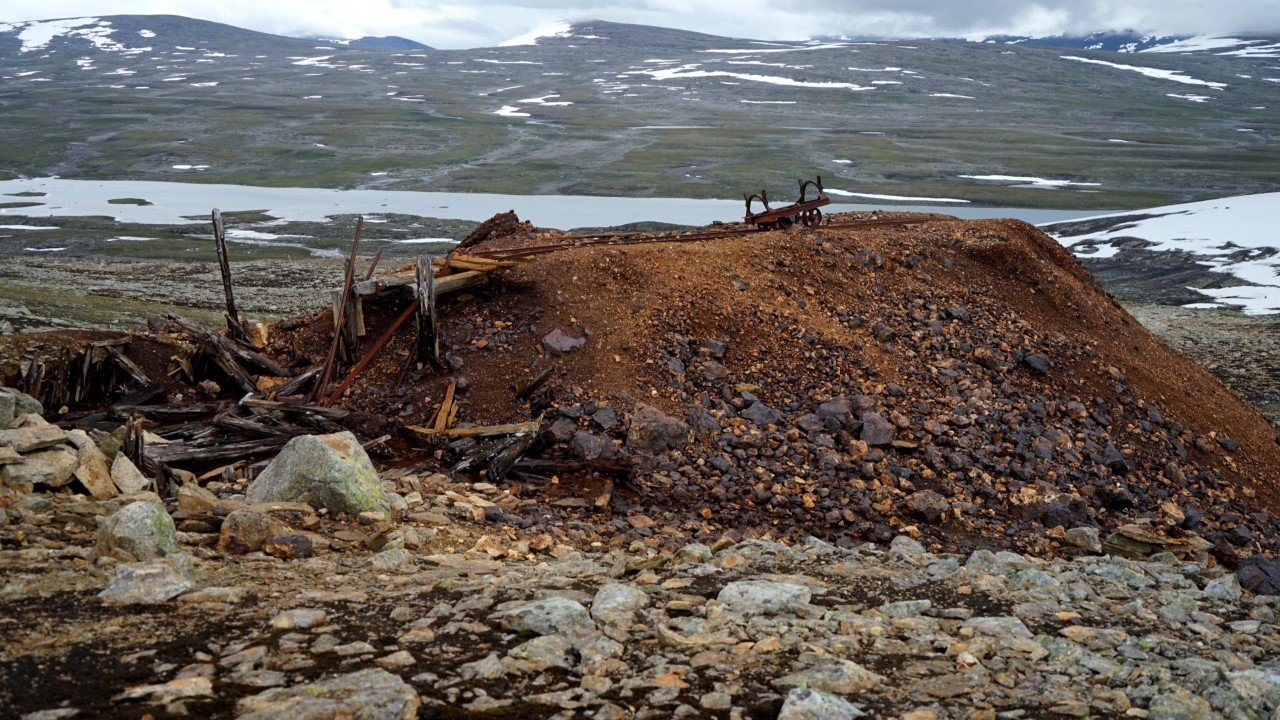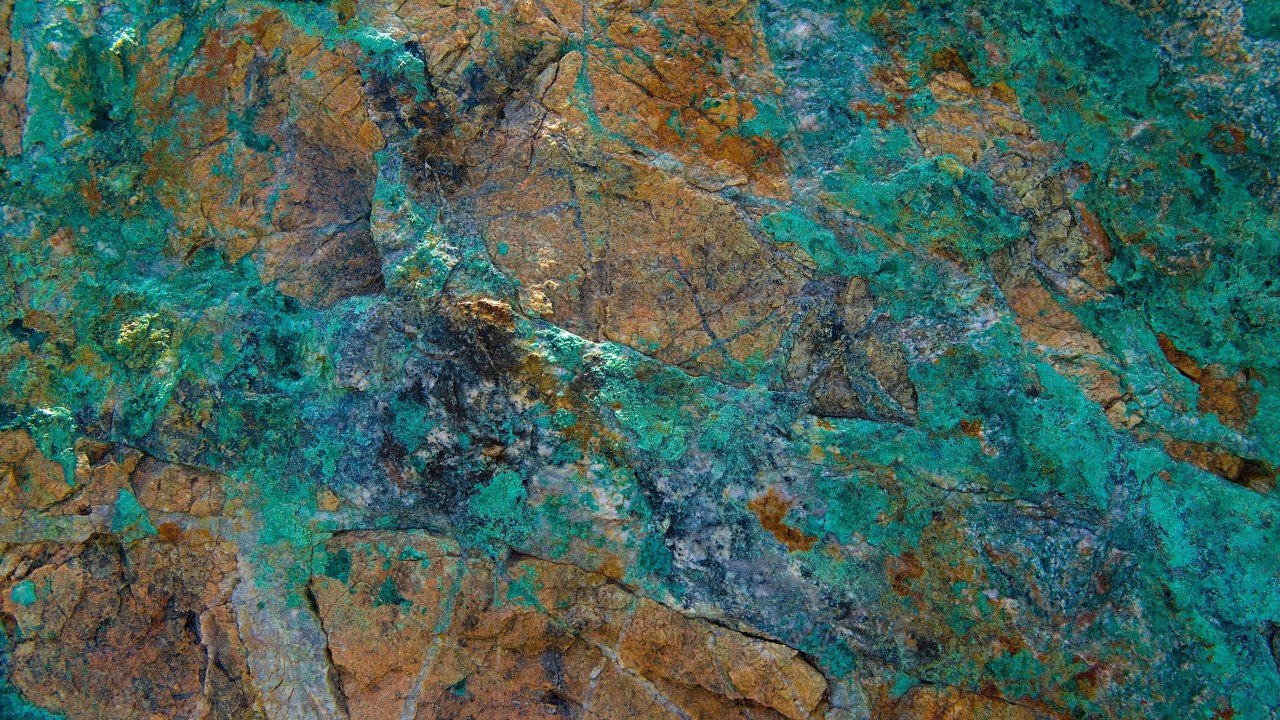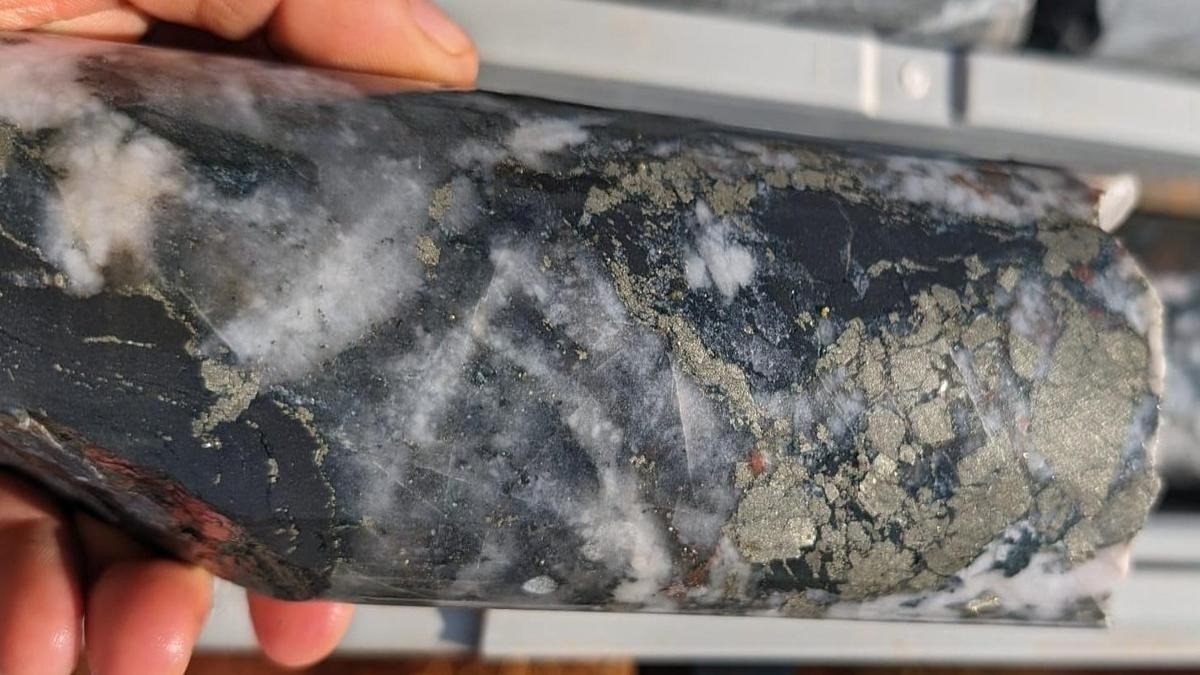Nasa Fjäll, located on the border between Norway and Sweden within the Caledonides mountain range, is home to the Nasa mine operated from 1635–1659 and 1770–1810. During the first period, a total of 860 kilos of Silver and 255 tonnes of Lead were produced, making it one of the most significant Silver-Lead mines of its time, rivaled by the infamous Sala mine
Dark History
The mine is believed to have been discovered by a local Sami resident year 1634, who then informed a local diamond miner of his find. That autumn, a bulk sample was undertaken. The results were very promising for a first pass, perfect timing for Sweden. A country that spent the last 3 years in a bloody war with Denmark, followed by a sharp financial crash. This discovery was even characterized as a gift from above.
Recruitment of working men was no easy task after a bloody war. Men with knowledge of silver mining were few and far between; experienced miners from the Sala mine were recruited alongside a handful of German men.
Two years later, tragedy struck, and a deadly disease spread through the mining camp. 6 men lost their lives and were quickly replaced with new Swedish workers
Nasafjäll is located 800 meters from the Norwegian border, and with no roads or easy access, a tough road lay ahead. The use of local indigenous Sami people and their reindeer became a contentious topic. Ore was processed on site, and concentrate was transported from the site all the way to the coastal town of Pitea.

Throughout the way, 6 stops were established where reindeer and Sami were stationed like a medley race, transporting to the next pitstop. A total of 24 Sami people and 300 reindeer were often used with very little or no compensation.
Ore
Galena, a primary lead mineral, was mined in narrow quartz veins on the surface or just below the surface through adits. Mining focused on high-grade mining, almost pure galena, leading to an extreme Silver mining grade of 0,136–0,178% Ag (1,360 – 1,780 ppm Ag). Other sulphides include Pyrrhotite, Arsenopyrite, Sphalerite, Chalcopyrite, and Pyrite.

The adits are shaped like an S and extend 1.2 km following a series of rich Galena-Sphalerite veins, with swells and pinched veins sometimes being as thick as 3m down to just 25cm. At this location, explosives were tried and tested as a new form of mining, leading to improved mining results and possibilities. Like many mines in this area, mining was seen as a form of prospecting and veins were chased until the grade ran out..
Outside of the known Silver-Lead-Zinc mineralization, Stibnite and Boulangerite are mentioned with tested grades up to 56% Sb and a singular Gold sample of 1.2 g/t
Veins within or close to thrust zones are heavily foliated and deformed. Mineralization seems to be secondary, with quartz recrystallizing post-deformation, but with very little geological knowledge of this area, it is still uncertain when these veins were emplaced.

Environmental Issues
Locally, a lake nearby is deemed to be contaminated by runoff from waterways leading out of the mine. With heavy concentrations of Fe-Pb-Zn-Sb. Located around 1,000 meters above the surface, it is one of the highest elevation mines in Sweden, yet water remains a serious issue.
One man’s trash, another man’s treasure
While silver has always been a treasure since the dawn of time, other components like Antimony, Copper, and lead have changed drastically since mining began at Nasa. Seen then as a byproduct or waste, today these are used in applications in our daily life. The tight control of China’s dominance in this market might mean Sweden must look within for sources of metals to secure its development. Through careful and responsible exploration, new life can be brought to Nasafjäll and its mining history.



